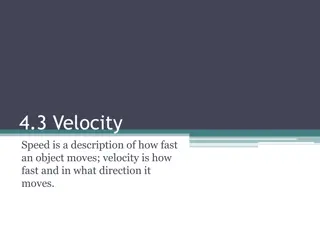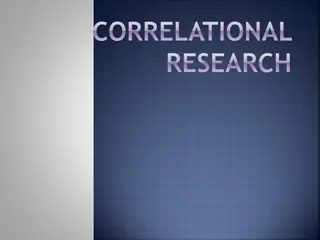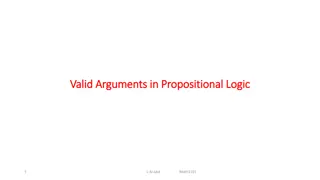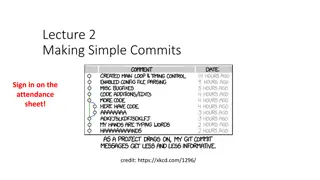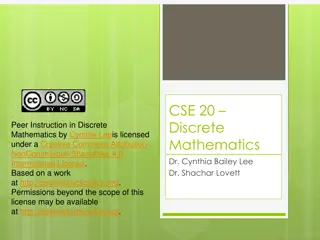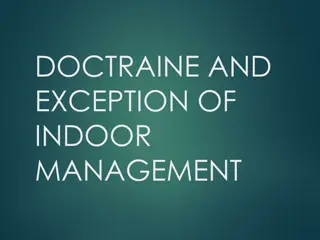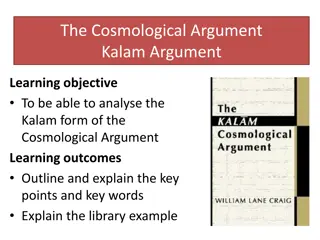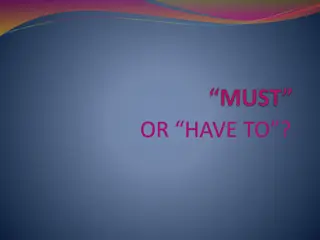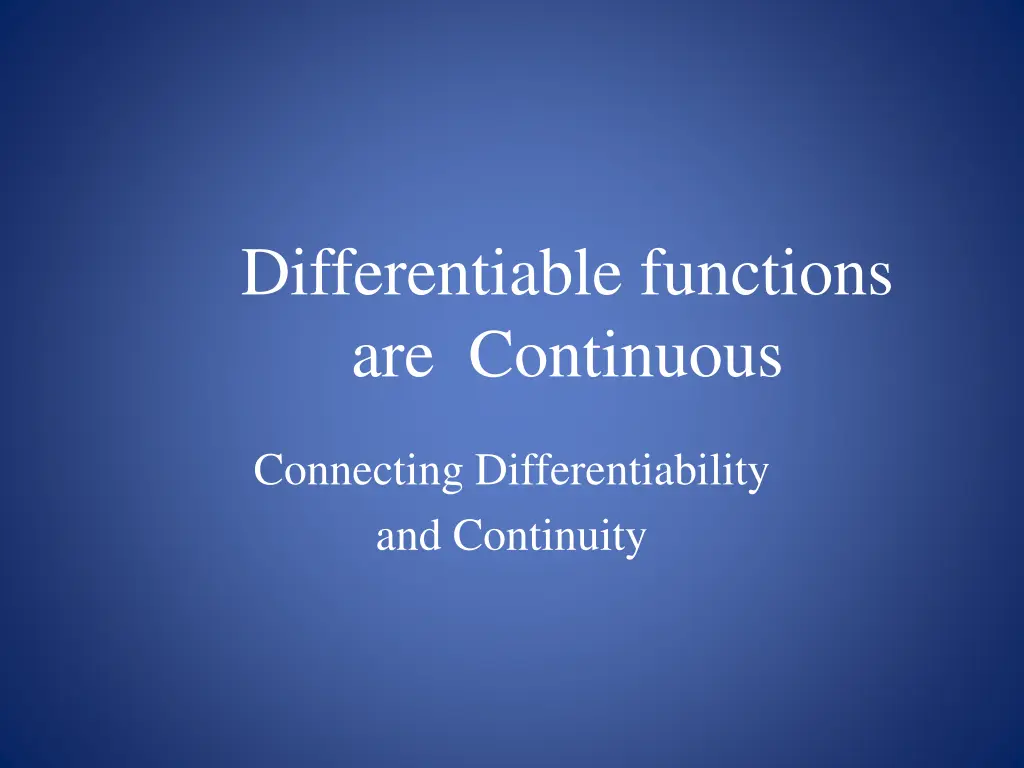
Connecting Differentiability and Continuity in Functions
Understanding the relationship between differentiability and continuity in functions. Differentiable functions are continuous, but continuous functions are not necessarily differentiable. Exploring how locally linear functions cannot have breaks in their graphs and proving this concept.
Download Presentation

Please find below an Image/Link to download the presentation.
The content on the website is provided AS IS for your information and personal use only. It may not be sold, licensed, or shared on other websites without obtaining consent from the author. If you encounter any issues during the download, it is possible that the publisher has removed the file from their server.
You are allowed to download the files provided on this website for personal or commercial use, subject to the condition that they are used lawfully. All files are the property of their respective owners.
The content on the website is provided AS IS for your information and personal use only. It may not be sold, licensed, or shared on other websites without obtaining consent from the author.
E N D
Presentation Transcript
Differentiable functions are Continuous Connecting Differentiability and Continuity
Differentiability and Continuity Continuous functions are not necessarily differentiable. For instance, start with = 2 ( ) f x 4 x ( 2,0) (2,0) (0, 4)
Differentiability and Continuity Continuous functions are not necessarily differentiable. . . . Now take absolute values = 2 ( ) f x 4 x ( 2,0) (2,0) (0, 4)
Differentiability and Continuity Continuous functions are not necessarily differentiable. . . . Now take absolute values = 2 ( ) f x 4 x (0,4) ( 2,0) (2,0) (0, 4)
Differentiability and Continuity Continuous functions are not necessarily differentiable. (E.g. ) A function is differentiable if we see a straight line when we zoom in sufficiently far. = 2 ( ) f x 4 x
Differentiability and Continuity Continuous functions are not necessarily differentiable. (E.g. ) A function is differentiable if we see a straight line when we zoom in sufficiently far. Our intuition thus tells us that locally linear functions cannot have breaks in the graph. But how do we prove this? = 2 ( ) f x 4 x
First, recall . . . (a +h, f(a + h)) (x, f(x)) (a, f(a)) (a, f(a)) a a x a + h ( ) ( ) f a slope = f x + ( ) ( ) f a slope = f a h x a h Same picture, different labeling! These are just different ways of expressing the same mathematical idea!
First, recall . . . (a +h, f(a + h)) (x, f(x)) (a, f(a)) (a, f(a)) a a x a + h ( ) f x ( ) f a + ( ) ( ) f a f a h ( ) = lim f a ( ) = lim f a x a x a h 0 h Same picture, different labeling! These are just different ways of expressing the same mathematical idea!
Differentiable Functions are Continuous Suppose that f is differentiable at x = a. Then ( ) f x ( ) f a ( ) = lim x . f a x a a In order to show that f is continuous at x = a, we have to show that = lim ( ) x ( ) f a af x
Differentiable Functions are Continuous Suppose that f is differentiable at x = a. Then we know the limit of the difference quotient exists and is equal to . ( ) f a ( ) f x ( ) f a ( ) = lim x f a x a a ( ) = + lim ( ) x a lim x ( ) f x ( ) f a ( ) f a f x a ( ) f x ( ) f a = x a + lim x ( ) ( ) f a x a a ( ) f x ( ) f a = x a + lim x lim( x ) lim ( ) x a f a x a a a = + = ( )(0) f a ( ) f a ( ) f a
Differentiable Functions are Continuous In the end, this tells us that: = lim ( ) x ( ) f a af x Which is what it means to say that f is continuous at a ! So if f is differentiable at x = a, then f must also be continuous at x = a



